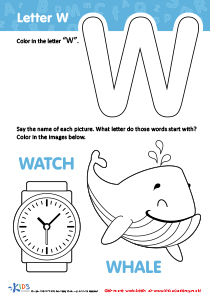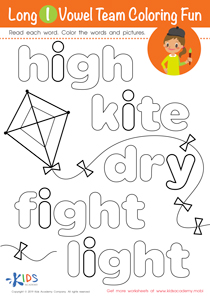Fine Motor Skills Normal Grade 3 Letter Recognition Worksheets
25 filtered results
-
From - To
Fine Motor Skills Normal Grade 3 Letter Recognition Worksheets
Enhance your child's handwriting and precision with our Fine Motor Skills Normal Grade 3 Letter Recognition Worksheets! Specially crafted for third graders, these worksheets combine letter recognition with activities designed to strengthen fine motor skills. Your child will enjoy fun exercises that help in mastering the alphabet while improving dexterity. Perfect for classroom or home use, these sheets support curriculum standards and make learning engaging and effective. Unlock your child's potential and build a solid foundation for fluent handwriting and reading comprehension. Download now to provide optimal support for your young learner’s educational journey.
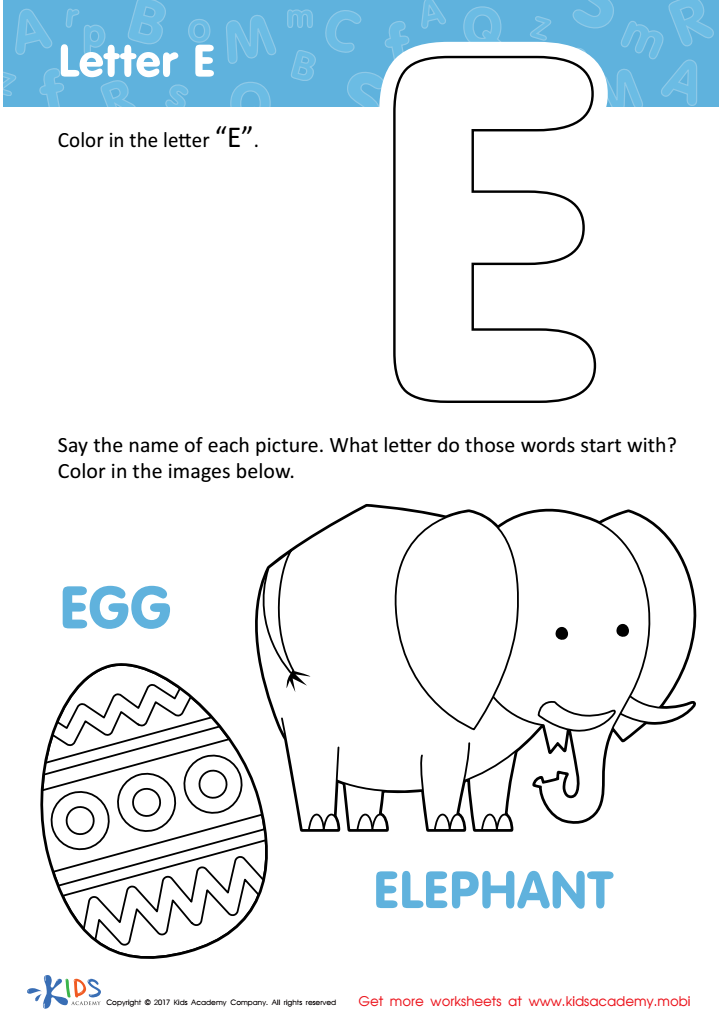

Letter E Coloring Sheet
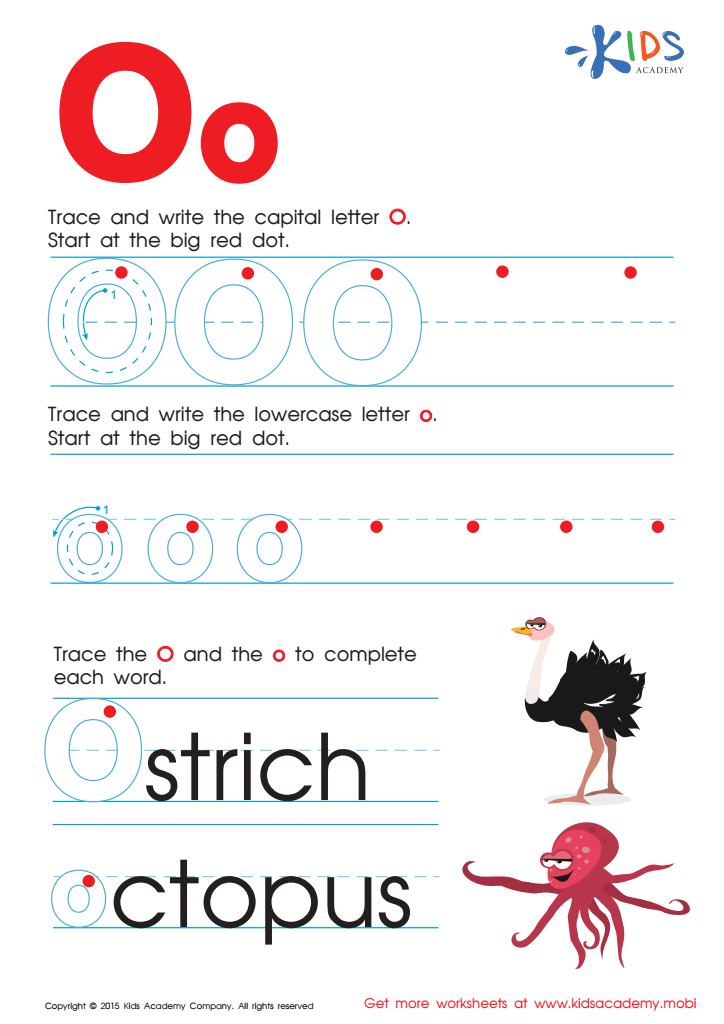

Letter O Tracing Page


Letter P Tracing Page
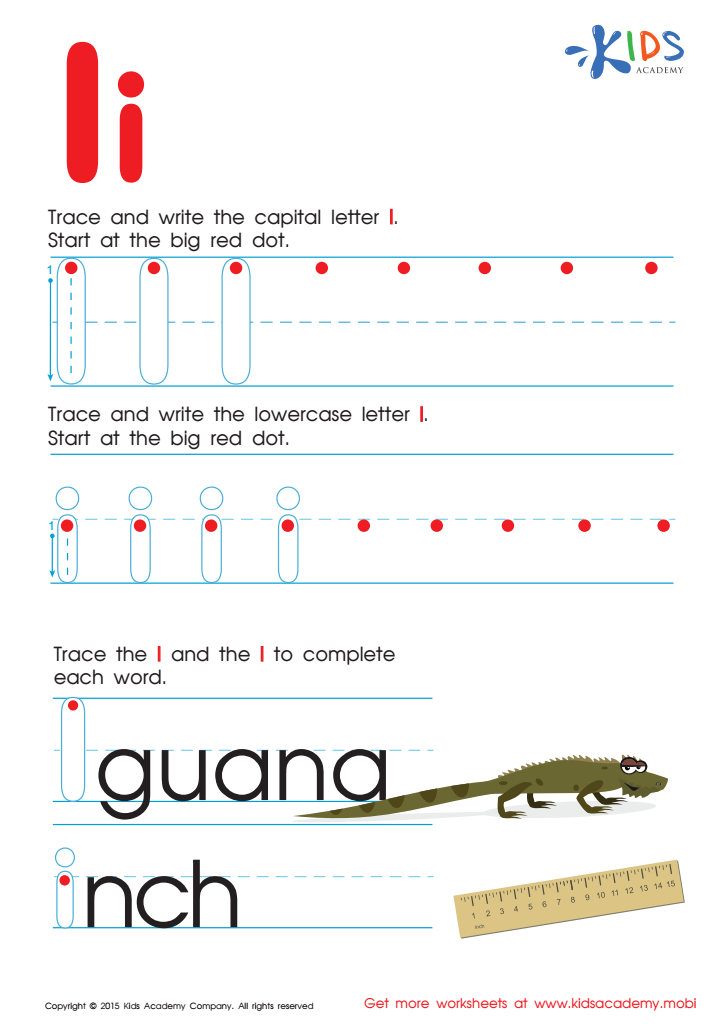

Letter I Tracing Page


Letter Q Tracing Page
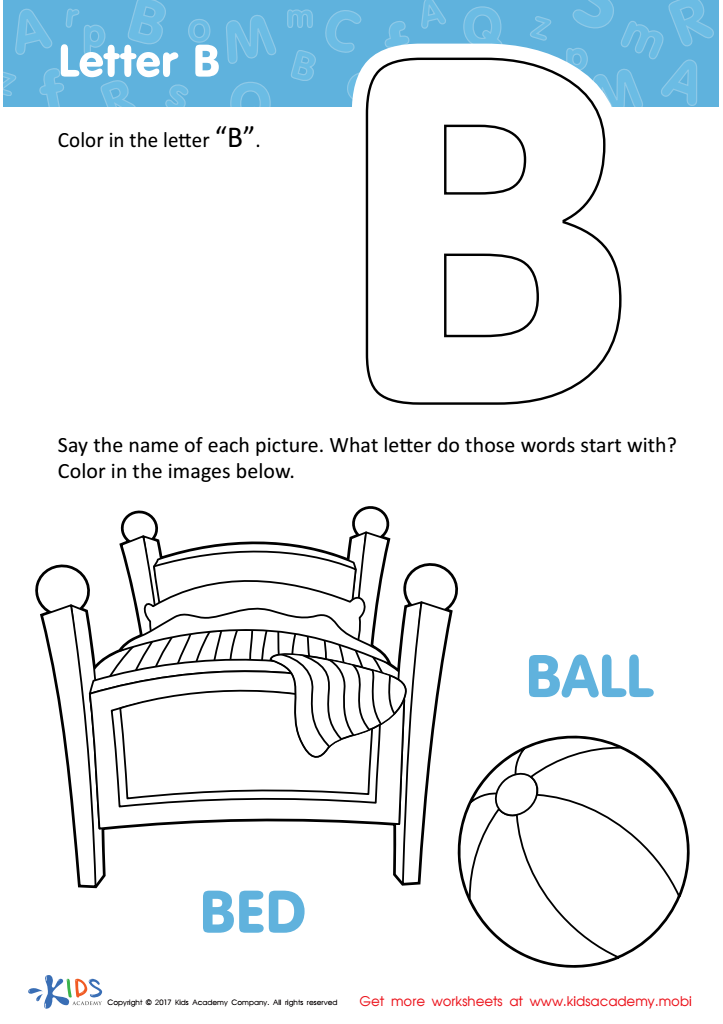

Letter B Coloring Sheet
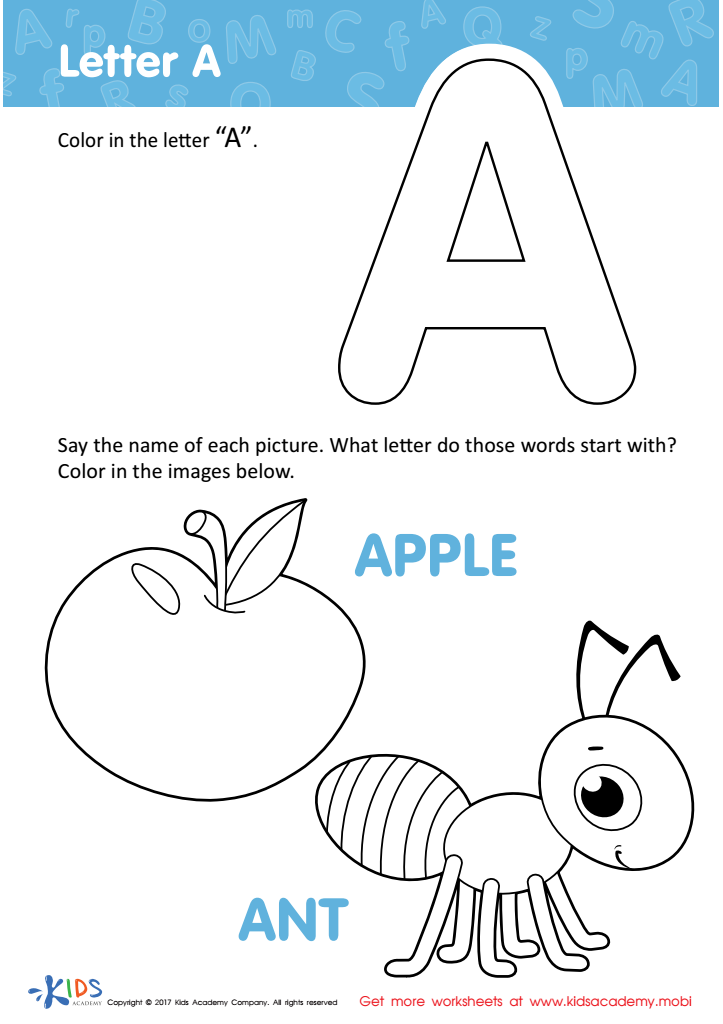

Letter A Coloring Sheet


Letter M Coloring Sheet
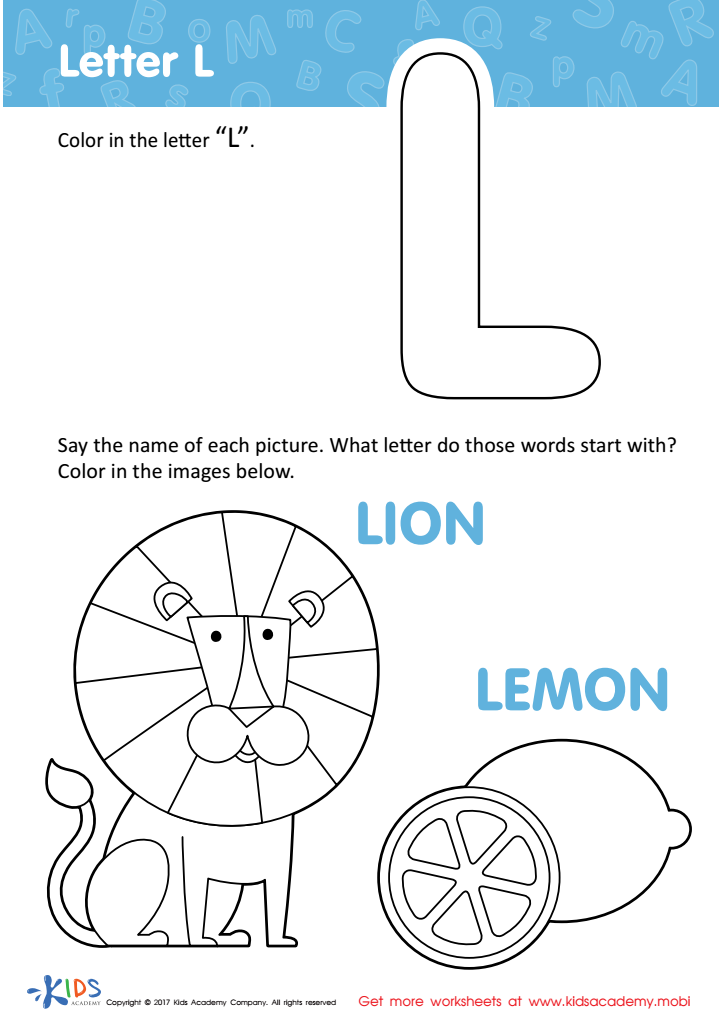

Letter L Coloring Sheet
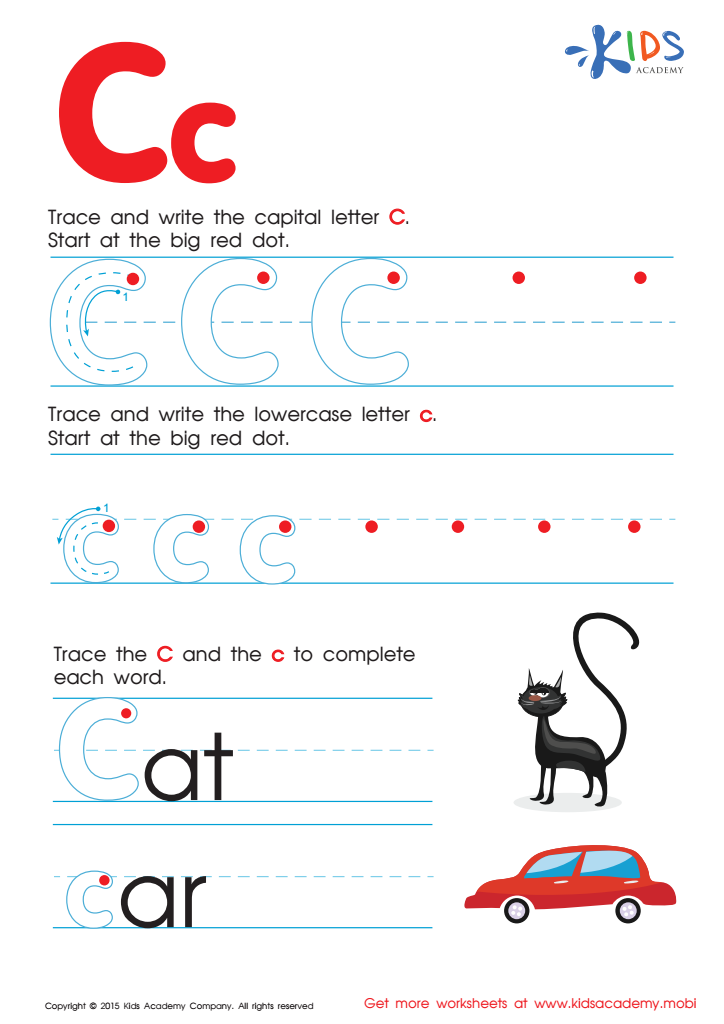

Letter C Tracing Page
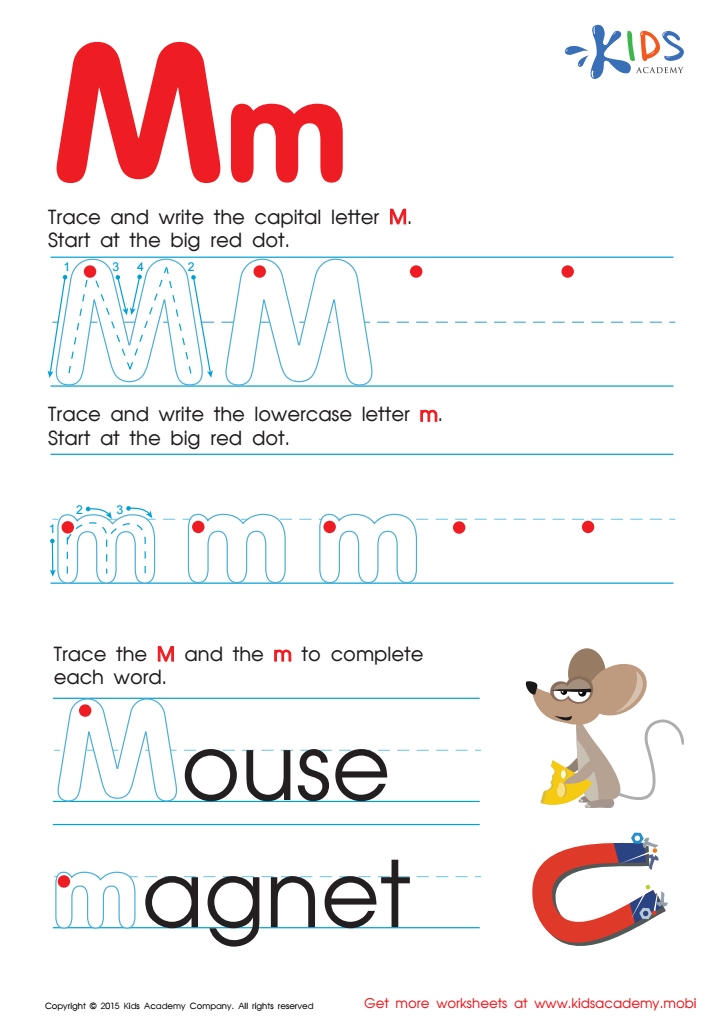

Letter M Tracing Page


Letter G Tracing Page
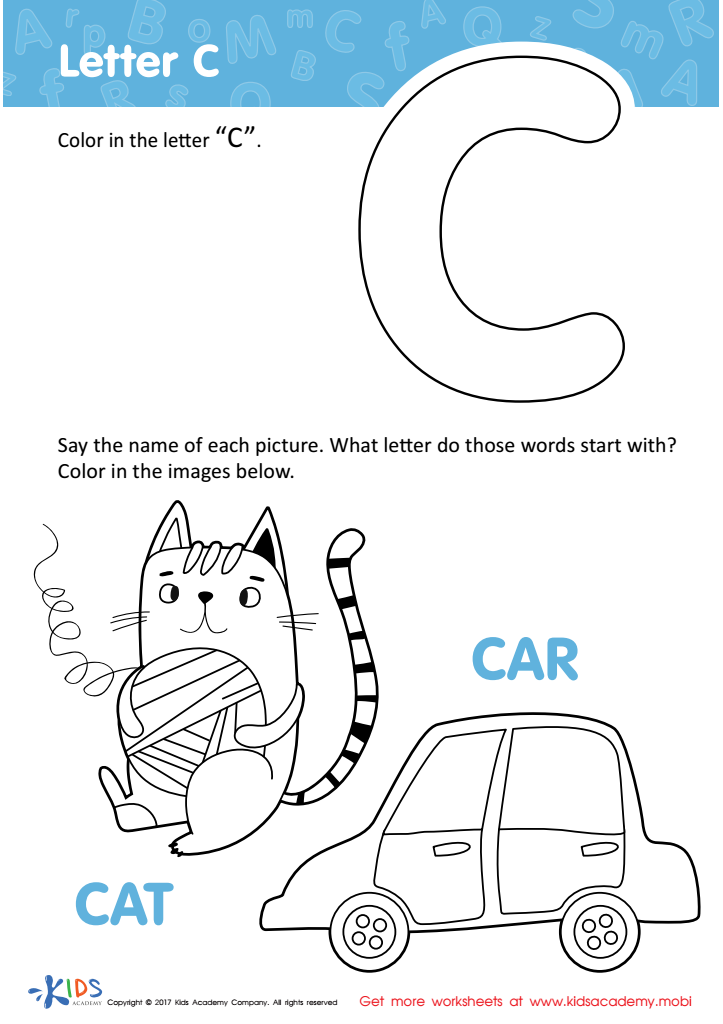

Letter C Coloring Sheet
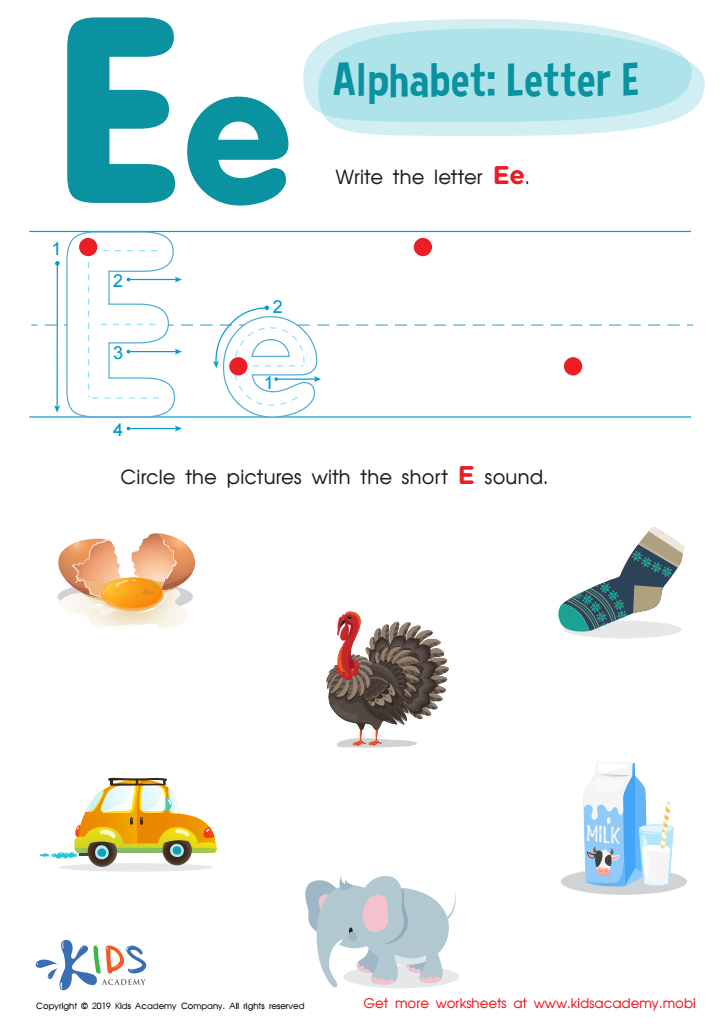

Letter E Tracing Worksheet
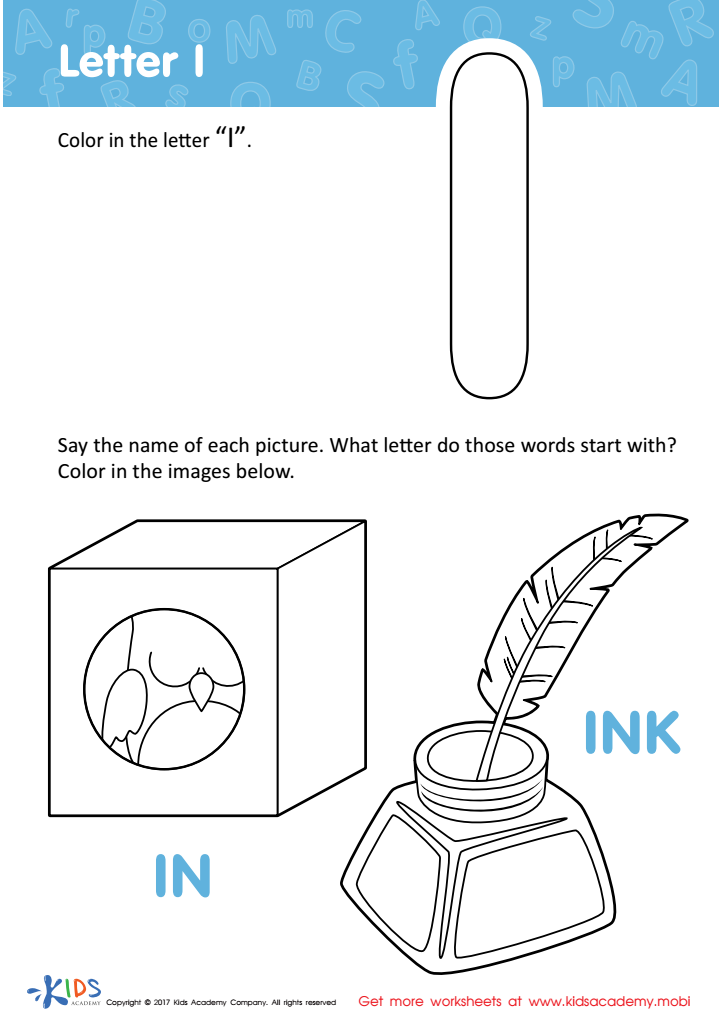

Letter I Coloring Sheet
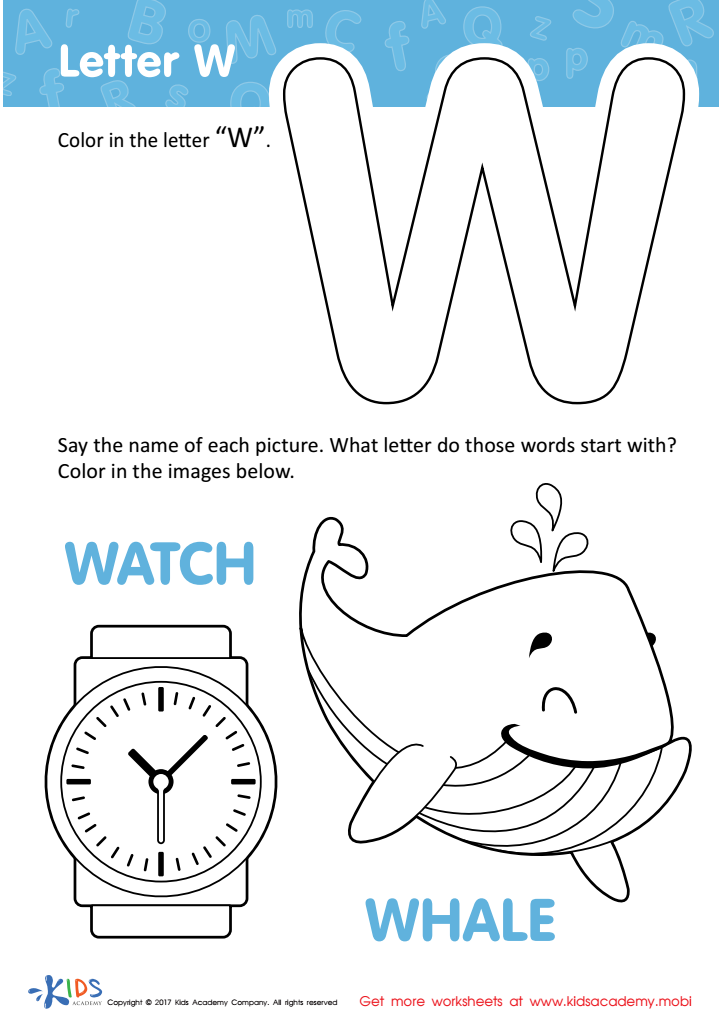

Letter W Coloring Sheet
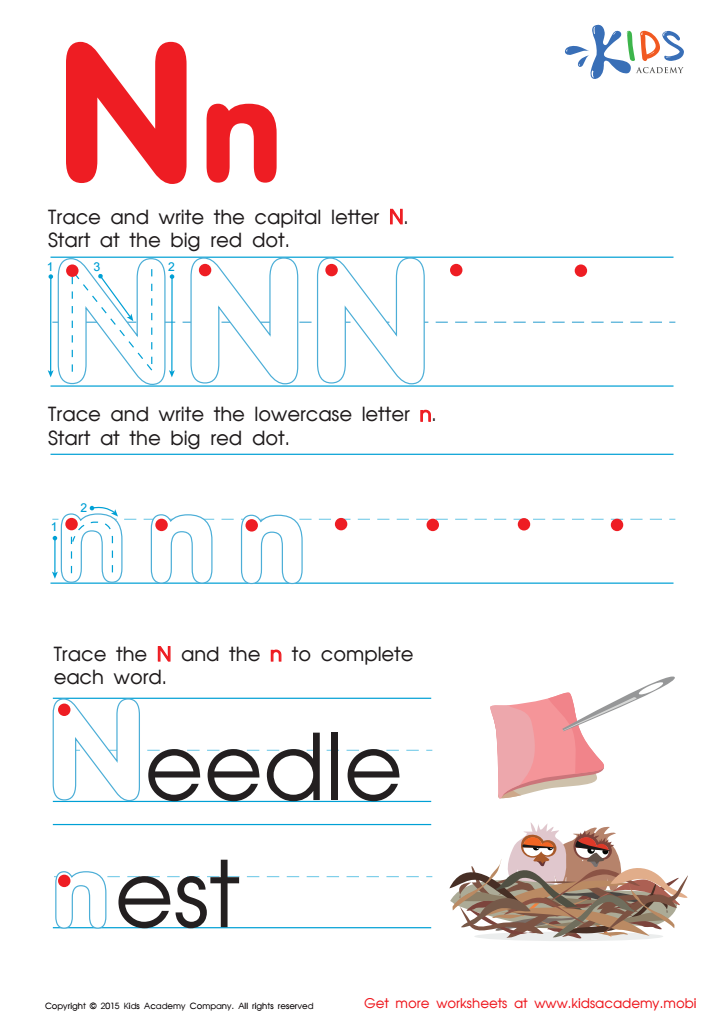

Letter N Tracing Page
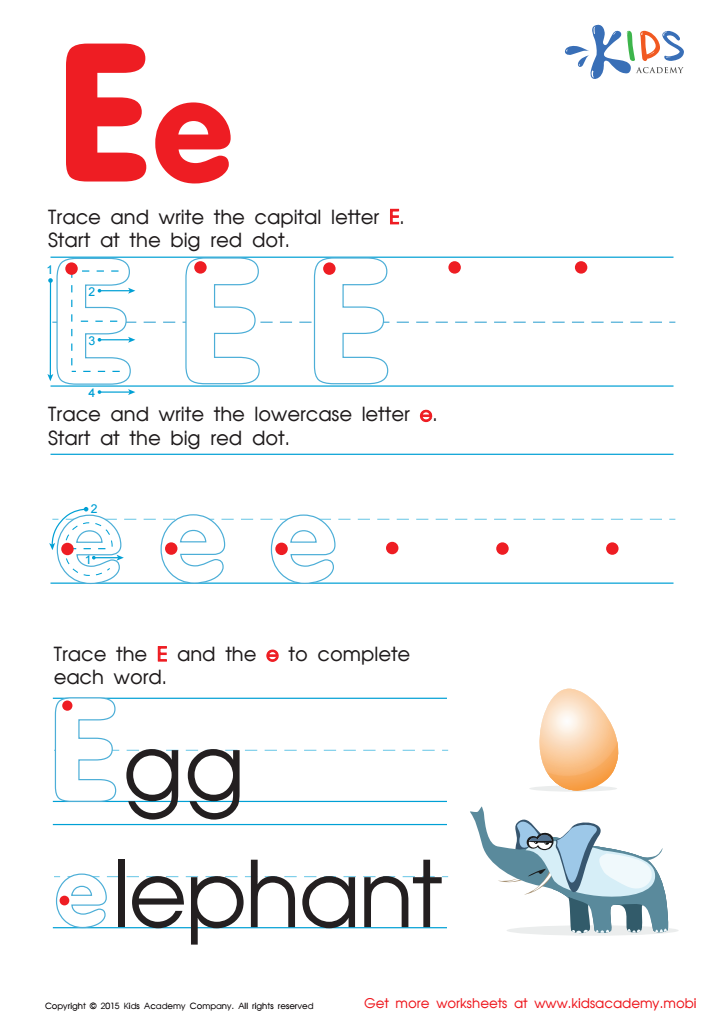

Letter E Tracing Page
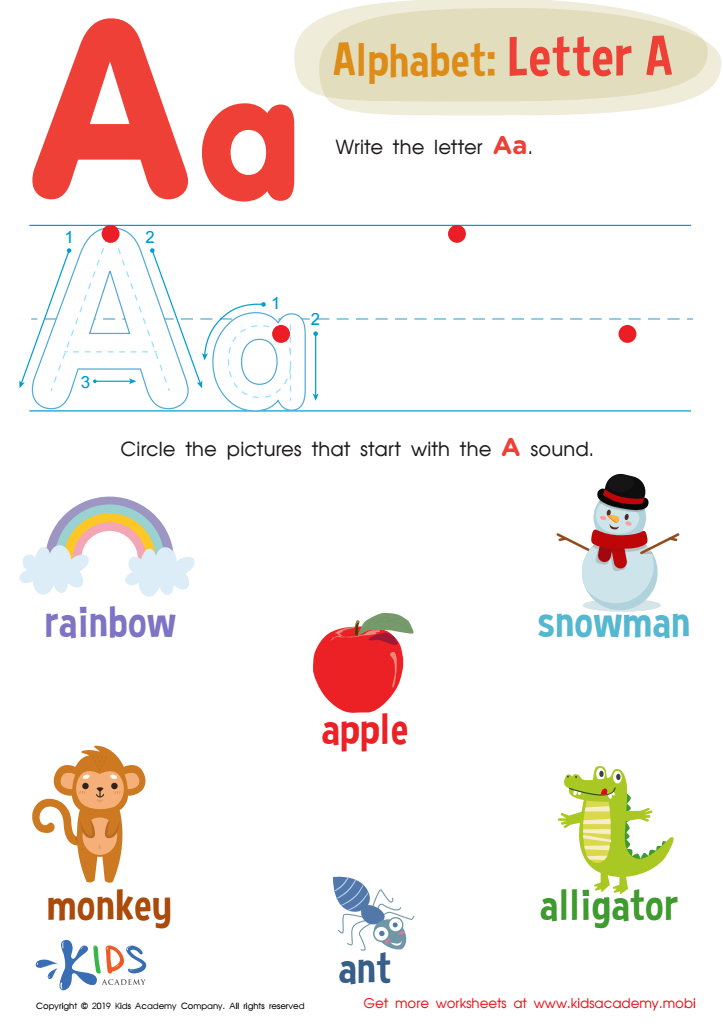

Letter A Tracing Worksheet
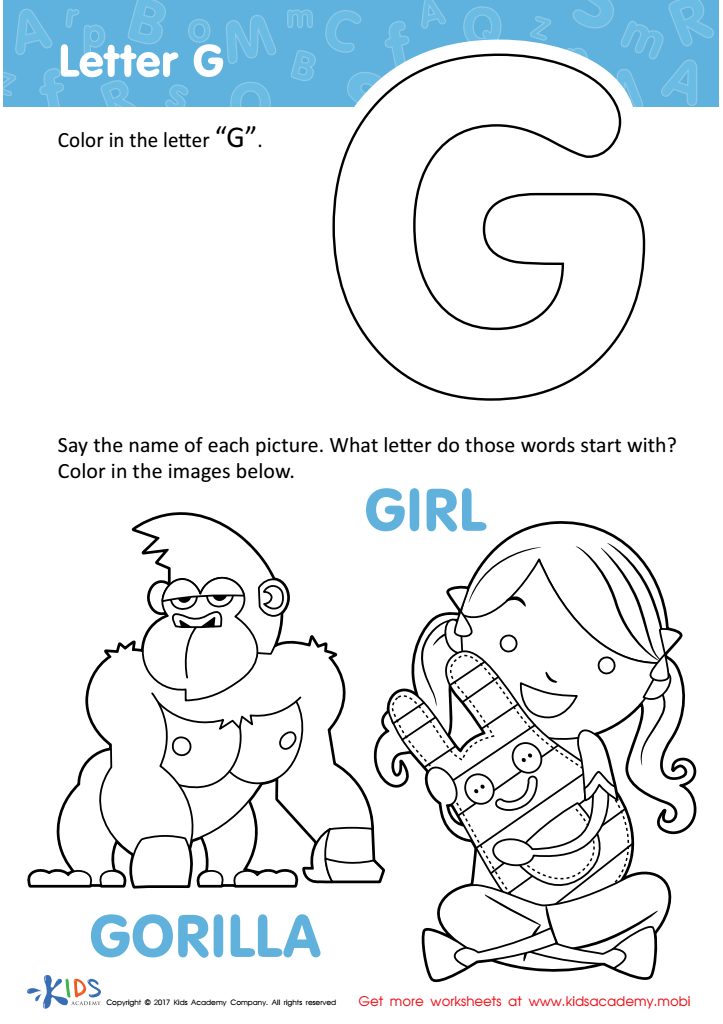

Letter G Coloring Sheet
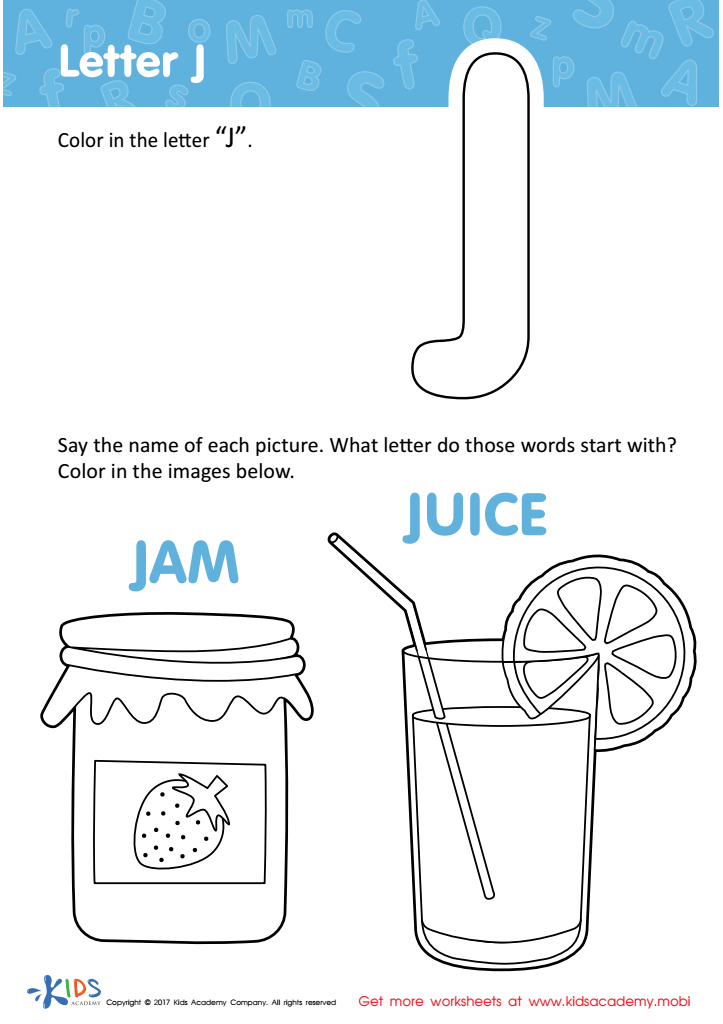

Letter J Coloring Sheet
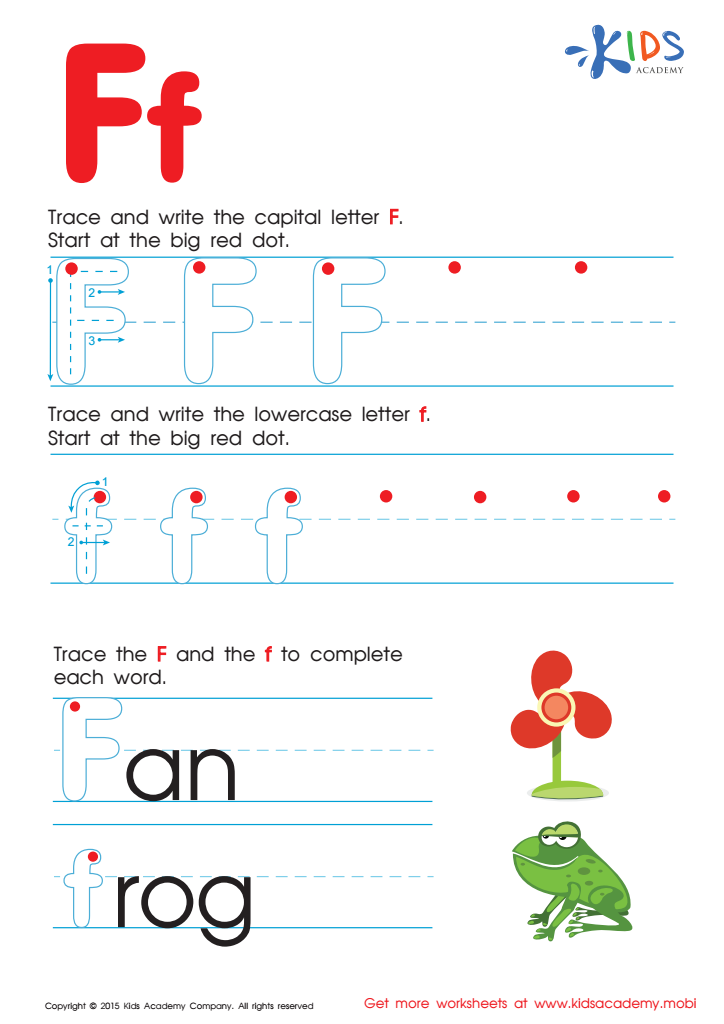

Letter F Tracing Page
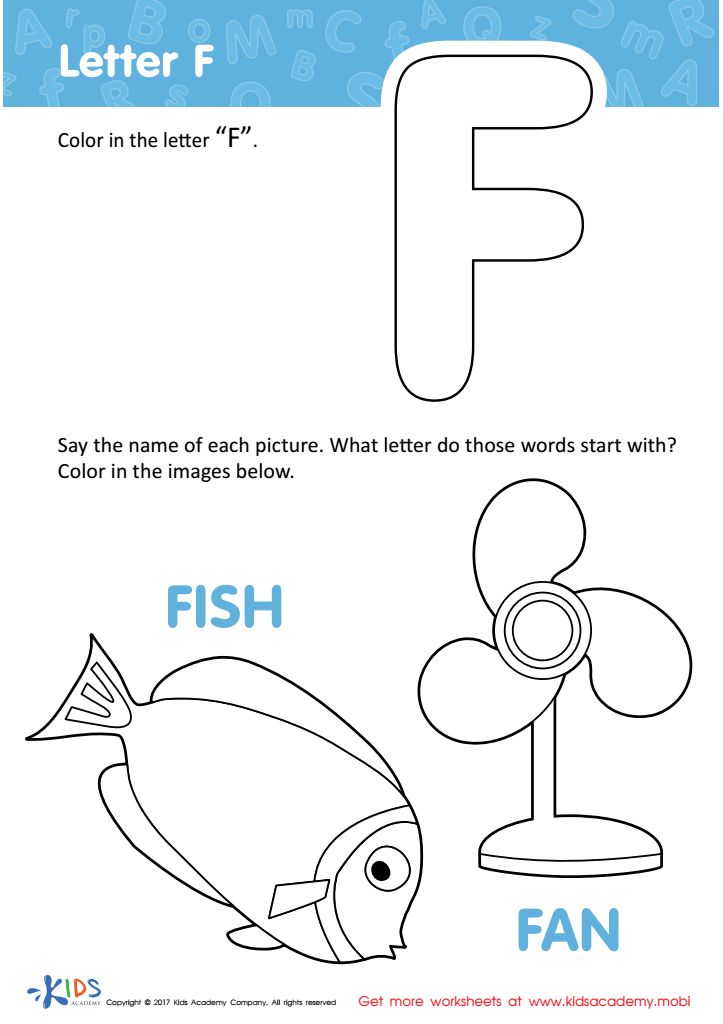

Letter F Coloring Sheet
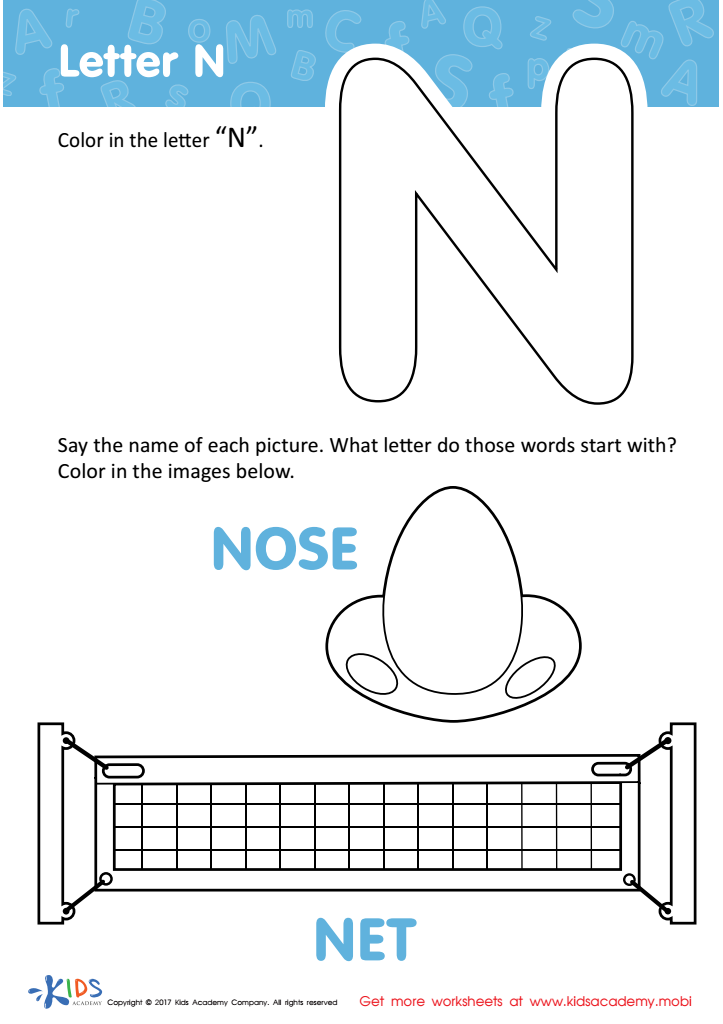

Letter N Coloring Sheet
Fine motor skills, which involve the coordination of small muscles in movements such as writing, buttoning, and cutting with scissors, are crucial for children's academic success and overall development. By Grade 3, children are transitioning from learning to read to reading to learn. This shift means they engage more deeply with written material, both in terms of speed and comprehension. As such, normal development of fine motor skills, especially in relation to letter recognition and writing, is essential.
When fine motor skills are well-developed, children can more easily write legibly and quickly, allowing them to complete assignments efficiently and express their thoughts clearly. This competency serves as a foundation for complex tasks like writing essays and solving problems in subjects such as math and science. Poor fine motor skills can lead to frustration, lower academic performance, and a reluctance to engage in writing activities, hindering overall progress.
Additionally, proficiency in fine motor skills boosts self-esteem and confidence. Children who struggle may feel inferior or become discouraged. Hence, parents and teachers should closely monitor and support the development of these skills through targeted activities like drawing, cutting shapes, and practicing letter formations. This proactive approach ensures that children have the physical readiness to maximize their academic potential.
 Assign to My Students
Assign to My Students





